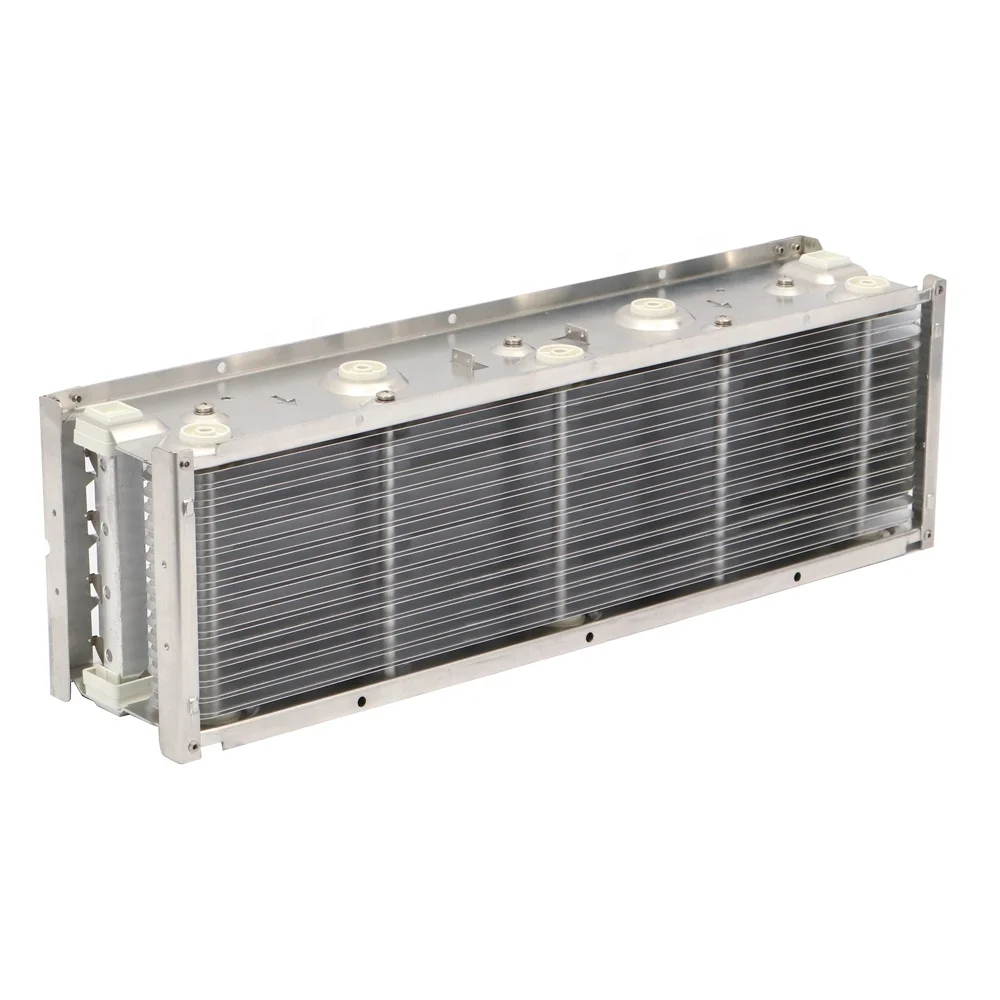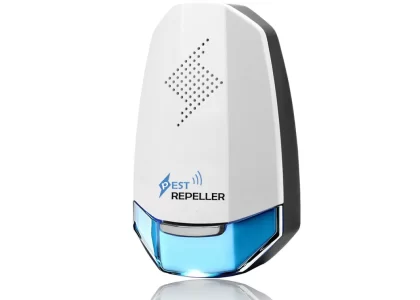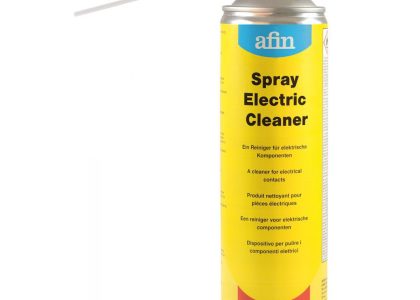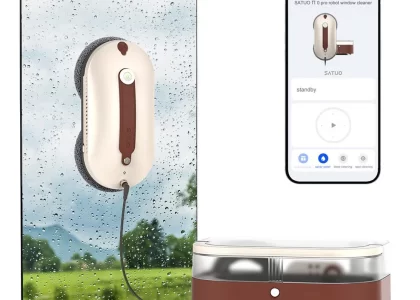Introduction
In today’s world, indoor air quality is becoming increasingly important for our comfort and health. With the rise of pollutants and allergens in the air, many homeowners are turning to electronic air filters as a solution. In this comprehensive guide, we will explore the benefits and functionality of electronic air filters, their different types. We will also delve into how they can improve the air quality in your home.
Part 1: Understanding Electronic Air Filters
Level 1: What are Electronic Air Filters?
Electronic air filters are devices designed to remove pollutants, allergens, and other harmful particles from the air in your home. These filters use electrical charges to attract and capture airborne particles, helping to improve indoor air quality.
Level 2: How Do Electronic Air Filters Work?
Electronic air filters work by using an electric charge to create a magnetic field, which attracts and captures particles in the air. As air passes through the filter, the charged particles are collected on a series of plates or filters, leaving the air clean and free from pollutants.
Part 2: Types of Electronic Air Filters
Level 1: Washable Electronic Air Filters
Washable electronic air filters are designed to be cleaned and reused, making them a cost-effective and eco-friendly option for homeowners. These filters can be easily removed, washed, and reinstalled. Providing long-term air quality improvement.
Level 2: Disposable Electronic Air Filters
Disposable electronic air filters are designed to be replaced regularly, typically every 3-6 months. These filters are convenient and easy to install, but they are not as environmentally friendly as washable filters.
Part 3: Benefits of Electronic Air Filters
Level 1: Improved Air Quality
One of the primary benefits of electronic air filters is their ability to improve indoor air quality by removing pollutants, allergens, and other harmful particles from the air. This can help reduce allergy symptoms, respiratory issues, and overall discomfort.
Level 2: Energy Efficiency
Electronic air filters are more energy-efficient than traditional filters, as they do not restrict airflow or cause the HVAC system to work harder. This can lead to lower energy bills and a more efficient heating and cooling system.
Part 4: Maintenance and Care of Electronic Air Filters
Level 1: Cleaning Washable Electronic Air Filters
To maintain washable electronic air filters, it is important to clean them regularly according to the manufacturer’s instructions. This typically involves removing the filter, washing it with soap and water. And allowing it to dry before reinstalling it.
Level 2: Replacing Disposable Electronic Air Filters
For disposable electronic air filters, it is important to replace them according to the manufacturer’s recommendations, typically every 3-6 months. This ensures that the filter continues to effectively remove particles from the air.
Part 5: Choosing the Right Electronic Air Filter for Your Home
Level 1: Consider Your Air Quality Needs
When choosing an electronic air filter, it is important to consider your specific air quality needs. If you have allergies or respiratory issues, you may want to opt for a high-efficiency filter that can capture smaller particles.
Level 2: Consult with a Professional
If you are unsure about which electronic air filter is best for your home, it is a good idea to consult with a professional HVAC technician. They can assess your home’s air quality needs and recommend the most suitable filter for your HVAC system.
Part 6: Benefits of Using an Electronic Air Filter
Electronic air filters offer a range of benefits for homeowners looking to improve indoor air quality. One of the key advantages of using an electronic air filter is their ability to capture a wide range of airborne particles. And including dust, pollen, pet dander, and mold spores. This can help to reduce common allergens and irritants in the air. Making it easier for individuals with allergies or respiratory issues to breathe comfortably in their homes.
Another benefit of electronic air filters is their ability to effectively remove odors and volatile organic compounds (VOCs) from the air. This is particularly important for individuals who live in urban areas or near industrial sites, as these filters can help to neutralize the impact of air pollution on indoor air quality. Additionally, electronic air filters are often more energy-efficient than traditional HVAC filters. And they can be easily cleaned and reused, reducing the need for frequent filter replacements.
Electronic air filters also help to protect HVAC equipment by preventing dust and debris from building up in the system. This can extend the lifespan of the equipment and reduce the need for costly repairs or maintenance. Overall, electronic air filters offer a cost-effective and efficient solution for improving indoor air quality and creating a healthier home environment for residents.
Part 7: Maintenance and Care of Electronic Air Filters
Proper maintenance and care are essential for ensuring the optimal performance of electronic air filters. Regular cleaning is necessary to remove the accumulated particles and debris from the filter media, allowing it to continue effectively capturing airborne contaminants. Most electronic air filters can be easily cleaned using a soft brush or a vacuum cleaner to gently remove the dirt and debris from the filter surface.
It is important to follow the manufacturer’s instructions for cleaning and maintenance. As some electronic air filters may require specific cleaning solutions or techniques to avoid damaging the filter media. Additionally, regular inspection of the filter for any signs of wear or damage is important to ensure that the filter continues to function properly.
In addition to regular cleaning, we can replace electronic air filters according to the manufacturer’s recommendations to maintain optimal performance. Over time, the filter media may become saturated with contaminants and lose its effectiveness, requiring replacement to maintain clean indoor air.
Part 8: Choosing the Right Electronic Air Filter for Your Home
When selecting an electronic air filter for your home, it is important to consider the specific needs and challenges of your indoor environment. Factors such as the size of the space, the level of air pollution, and the presence of allergens are all important things when choosing the right electronic air filter for your home.
One of the key considerations is the size and capacity of the electronic air filter, as it should be able to effectively purify the air in your home. A filter with a higher Clean Air Delivery Rate (CADR) is generally more effective at capturing airborne particles and improving indoor air quality. Additionally, consider the filter’s maintenance requirements and long-term costs, as some models may require more frequent filter replacements or cleaning.
Another important factor to consider is the filter’s efficiency in capturing specific contaminants, such as pollen, pet dander, or mold spores. Look for electronic air filters with high-efficiency filtration capabilities to effectively remove these airborne particles from your home’s air.
Finally, consider any additional features or technologies that may be beneficial for your specific needs, such as odor reduction or air quality monitoring. By carefully considering these factors, you can select the right electronic air filter to improve the indoor air quality in your home.
Conclusion
Electronic air filters are a valuable investment for homeowners looking to improve their indoor air quality. With their ability to remove pollutants, allergens, and other harmful particles from the air, these filters can help create a healthier and more comfortable living environment. By understanding the different types of electronic air filters, their benefits, and how to maintain them. The homeowners can make an informed decision to ensure cleaner, healthier air in their homes.








